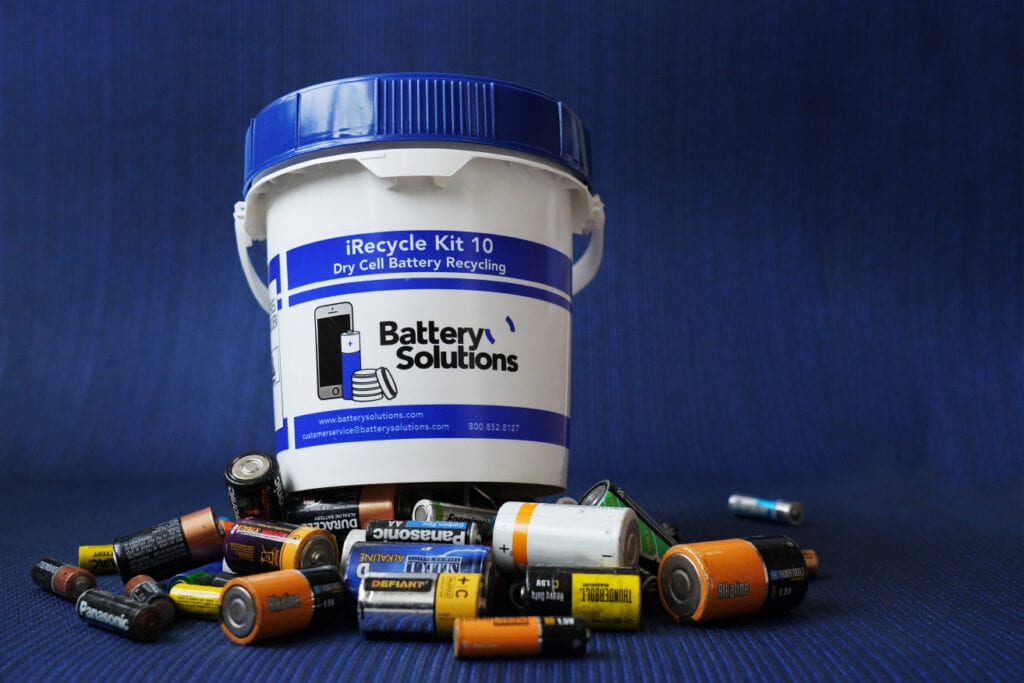Danielle Spalding
Technology has helped make a strong stride forward on the road to environmental sustainability efforts, through the creation of electric vehicles, stationary power sources, and more. During this journey, there is one common component across these sectors, and that is batteries. Batteries power the everyday, and yet it is only in recent years that they have become more of a topic of conversation in sustainability circles.
The Mercury-Containing and Rechargeable Battery Management Act or more commonly known as the Battery Act of 1996, phased out the use of any batteries containing mercury and stated to recycle small sealed lead-acid batteries, nickel cadmium and others. Lead acid batteries have benefited from this act and now have a recycling rate of 99%, according to the US EPA.
It has been 25 years since this act and battery technology has made significant progress forward. Now, lithium has helped create a spotlight on this segment of recycling. Batteries being developed with today’s technology include both rare earth and common elements including lithium, cobalt and nickel. The potentially negative environmental impacts of lithium in end-of-life batteries and value of this metal have created a market in battery recycling. While the actual recycling process for lithium batteries is still relatively new to North America, the key to supporting battery recycling is collection. Before you can recycle a battery, it must be collected.
Battery recycling is not common in most households or business, yet we know it’s importance. So where do you start? To create a battery recycling program for a business, you need to consider all types of batteries effected. There are batteries in computers, smoke detectors and cars. Even manufactures may make one type of battery but have several chemistries of various types throughout their facilities. The first step is to identify the type of program needed, such as warranty support, employee collection or another. There many collection programs out there and some will handle any types of batteries, while other teams may focus specifically on one chemistry.

“It is about supporting the goals for our customers and expanding their sustainability efforts into battery recycling.” stated Thomas Bjarnemark the CEO of Battery Solutions. Their team handles all types of batteries at end-of-life. “What we provide is education to our customers” Bjarnemark continued “there are changing regulations and concerns about how to handle these at end-of-life and with our expertise we want customers to know we are here to help them throughout their process.”
A major consideration in a collection program is the pick-up when there are large format batteries involved. Special equipment or packaging may be needed at the site. If this is the case, Thomas continued “we handle the coordination between our teams and gathering all the necessary equipment, take care of scheduling and more. Battery recycling brings us toward our sustainability goals, and we want to make it as simple as possible for any company. We focus on solutions for our customers.”
Many states are looking to introduce and expand battery recycling regulations, including California, a leading state in battery recycling. This state is looking to expand governance into lithium batteries including The Lithium-Ion Battery Recycling Program, Assembly Bill No. 1509, that was introduced back in February 2019. Other states are expected to also discuss potential regulations. While regulation appears to be developing this provides an opportunity for companies to get ahead of the curve and begin exploration into battery recycling as part of their overall sustainability efforts.
